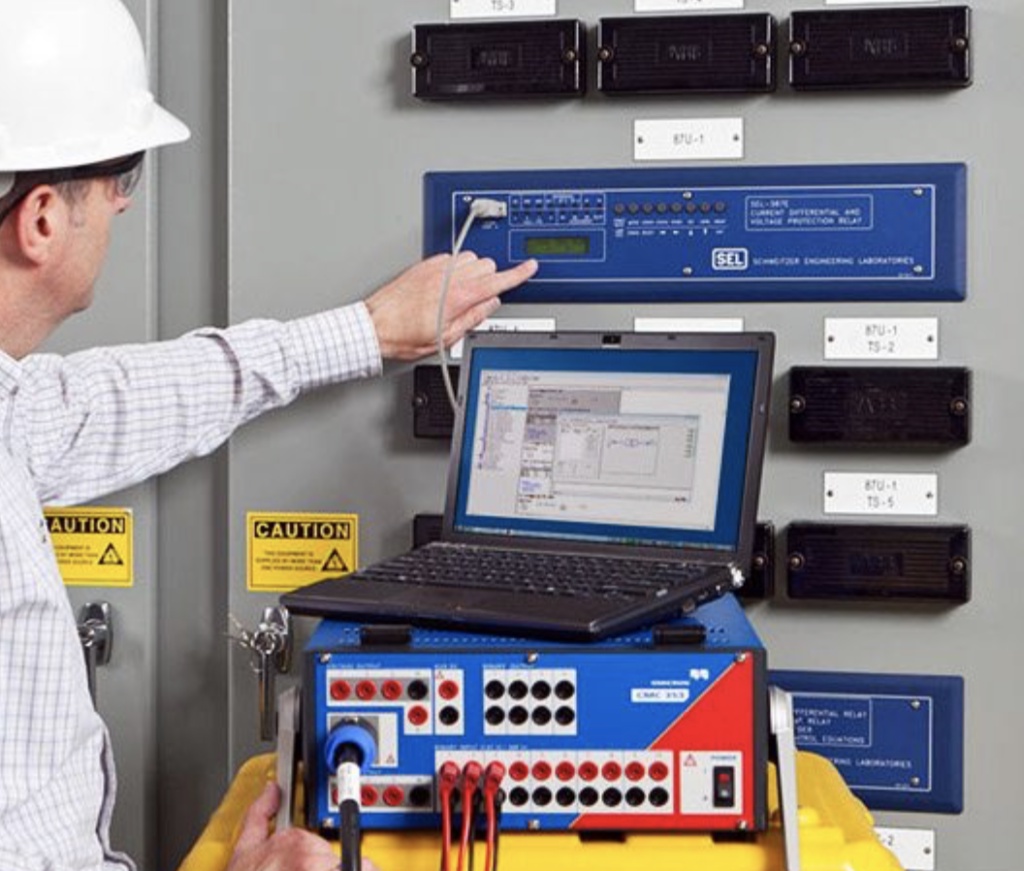In the world of electrical engineering, the reliable and safe operation of electrical systems is of paramount importance. One crucial step in ensuring the proper functioning of these systems is relay commissioning. Whether you're a seasoned electrical engineer or just beginning to explore this field, understanding the basics of relay commissioning is essential. In this blog, we will demystify this critical process, explaining what relay commissioning is, its significance, and the fundamental steps involved.
What is Relay Commissioning?
Relay commissioning is the systematic process of configuring, testing, and verifying protective relays within an electrical system. Protective relays are devices that monitor electrical parameters such as current, voltage, and frequency. They are designed to detect abnormal conditions or faults in the system and trigger protective actions, such as tripping circuit breakers, to prevent damage to equipment and ensure the safety of personnel.
The Significance of Relay Commissioning
Relay commissioning holds immense significance in electrical engineering for several reasons:
System Safety: Faults in electrical systems can lead to catastrophic consequences, including equipment damage, fires, and electrical shocks. Properly commissioned relays play a crucial role in quickly identifying and isolating faults, minimizing these risks.
Equipment Protection: Electrical equipment is a significant investment, and relay commissioning ensures that these assets are protected from damage caused by electrical faults. By swiftly disconnecting faulty sections, relays help extend the lifespan of expensive equipment.
Downtime Reduction: Unplanned downtime can be costly for industries. Relay commissioning helps reduce downtime by ensuring that protective relays function correctly and respond promptly to faults, minimizing disruption to operations.
Regulatory Compliance: Many industries have strict regulations and standards that require relay commissioning as part of their electrical system setup. Compliance with these standards is essential for legal and safety reasons.
System Reliability: A properly commissioned relay system enhances the overall reliability of an electrical network. It prevents cascading failures by isolating faults and maintaining the stability of the system.
Key Steps in Relay Commissioning
Now that we understand why relay commissioning is crucial, let's dive into the fundamental steps involved in the process:
- Planning and Preparation:
Before embarking on relay commissioning, thorough planning is essential. This phase includes defining the scope of work, assembling the necessary tools and equipment, and ensuring the safety of personnel involved. A detailed plan helps streamline the commissioning process and prevents oversights.
- Relay Settings Review:
One of the initial tasks in relay commissioning is reviewing and verifying the relay settings. Relay settings are configurations that determine how the protective relay responds to specific fault conditions. Engineers carefully assess these settings to ensure they align with the system's protective requirements. Any discrepancies are corrected during this phase.
- Functional Testing:
Functional testing involves subjecting the protective relays to various fault scenarios to assess their performance. Test signals are injected into the relays to simulate different types of faults, such as short circuits or overloads. Engineers monitor the relay's response to ensure it correctly detects the fault and initiates the appropriate protective action, such as tripping a circuit breaker.
- Coordination Studies:
In complex electrical systems with multiple protective relays, coordination studies are essential. These studies use specialized software to simulate fault scenarios and optimize the coordination between relays. The goal is to ensure that the protective relays operate in the correct sequence, with the relay closest to the fault tripping first and minimizing unnecessary trips in other parts of the system.
- Documentation:
Thorough documentation is a critical aspect of relay commissioning. Engineers record all commissioning activities, including relay settings, test results, and any adjustments made during the process. This documentation serves as a valuable reference for future troubleshooting, maintenance, and system upgrades.
- Training:
Training is often provided to operators and maintenance personnel to ensure they understand the operation of the protective relays and can interpret relay status indicators. Proper training enhances the overall effectiveness of the relay system and ensures that personnel can respond appropriately to relay alarms and indications.
Conclusion
Relay commissioning is an indispensable part of electrical system setup and maintenance. It plays a pivotal role in safeguarding equipment, ensuring the safety of personnel, and maintaining the reliability of electrical systems. By systematically configuring, testing, and verifying protective relays, engineers ensure that these critical devices perform their vital functions when needed most.
In a world where electricity powers our homes, industries, and infrastructure, the importance of relay commissioning cannot be overstated. As technology continues to advance, electrical systems become increasingly complex, making relay commissioning an ever more critical aspect of electrical engineering. Whether you are a seasoned professional or just beginning your journey in the field of electrical engineering, a solid understanding of the basics of relay commissioning is essential for icing the safe and dependable operation of electrical systems.


No comments yet